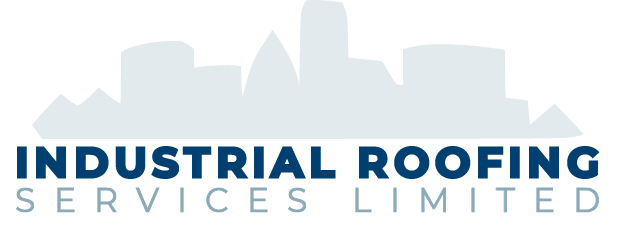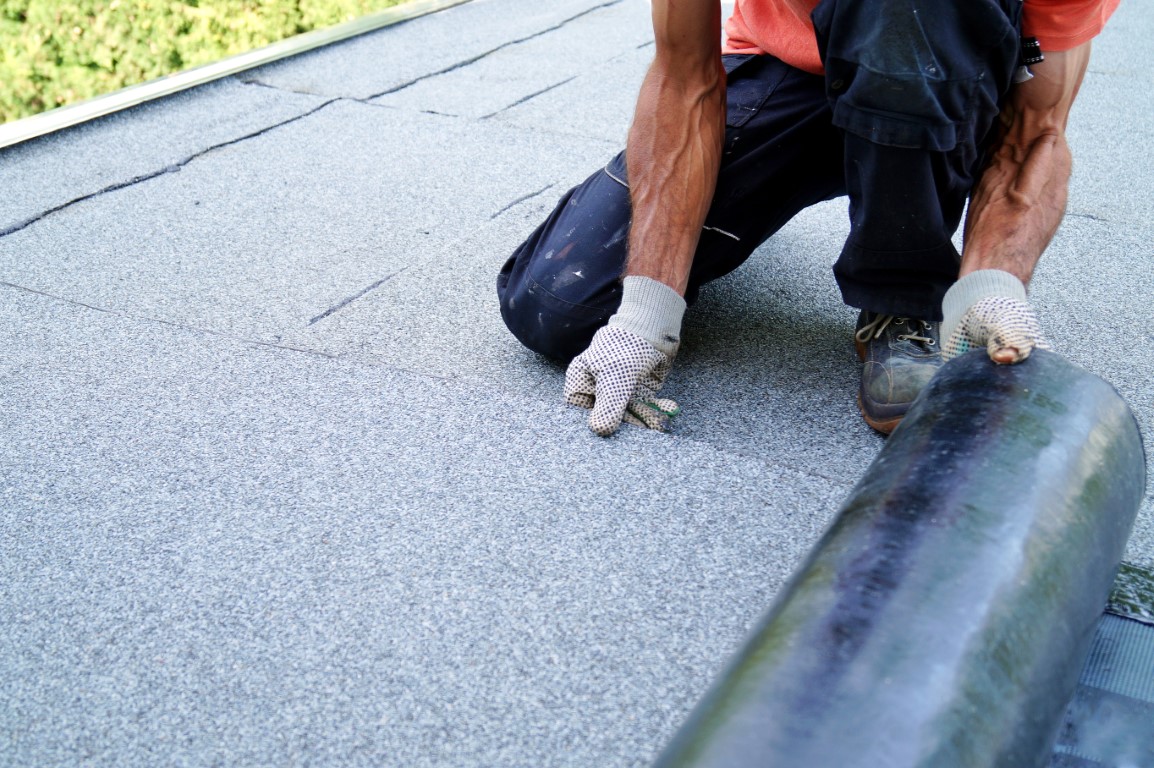Flat roofs are an essential part of modern architecture, providing a practical and efficient option for commercial and industrial buildings. However, they can be prone to hidden issues that can compromise their durability and lead to leaks. That’s why regular flat roof inspections are crucial to maintaining a leak-free and long-lasting roof.
While traditional inspection methods, such as visual inspections and manual probing, have been used for decades, they have limitations in detecting hidden issues that remain undetected to the naked eye. This is where infrared scanning for flat roofs comes in, providing a non-destructive and cost-effective solution for flat roof inspections.
Contact the wonderful team at Industrial Roofing Services Limited to discuss the option of adding an infrared scan to your flat roof inspection!
Traditional Flat Roof Inspection Methods
When it comes to inspecting flat roofs, traditional methods such as visual inspections and manual probing are commonly used. While these methods have some advantages, they also have limitations in detecting hidden issues that can compromise the durability and leak-proofing of flat roofs.
- Visual inspections: involve a thorough examination of the roof’s surface, looking for signs of damage or wear and tear. However, this method can be ineffective in detecting underlying issues in roofing layers or insulation problems that could lead to more significant problems down the line.
- Manual probing: involves inserting a device into the roof layers to determine if any water has accumulated within the roof structure. This process, which was utilized to detect ponding water, can be invasive and destructive, and it does not detect the exact location of moisture intrusion.
What Is Infrared Scanning?
Flat roof inspections are crucial for ensuring their longevity, but traditional methods have limitations in detecting underlying issues. This is where infrared scanning comes in as a non-destructive testing method that offers a comprehensive view of a roof’s condition. By using thermographic imaging, infrared scanning can reveal heat anomalies that indicate hidden issues that could eventually lead to more significant problems.
Thermography is based on the principle that objects emit infrared radiation, which can be detected by an infrared camera. These images provide a visual representation of surface temperature, which can pinpoint areas of concern. Heat anomalies can be caused by a range of issues, including moisture intrusion, inadequate insulation, and faulty roofing materials. Identifying these problems early with infrared scanning can help prevent more extensive damage down the line.
Thermal imaging equipment captures the heat signatures of different areas of the roof, and this data can be analyzed to identify the exact location of defects or irregularities. Infrared scanning is a reliable way to detect subtle temperature differences that may be invisible to the naked eye.
Advantages of Infrared Scanning Compared to Traditional Methods
When it comes to inspecting flat roofs, infrared scanning offers numerous advantages over traditional methods.
- Non-destructive testing: Infrared scanning is a non-destructive testing method that does not require any physical intervention in the roofing system, unlike traditional methods like manual probing. This makes it an excellent option for identifying hidden issues that may not be visible to the naked eye.
- Cost-effective: Infrared scanning is a cost-effective option because it can identify issues before they become expensive problems. By detecting leaks, insulation problems, and other issues, you can address them proactively, saving repair costs down the line.
- Thoroughness: Infrared scanning provides a detailed thermographic image of the roof, allowing for a comprehensive assessment of the roofing system. This thoroughness ensures that issues are not only identified but also adequately addressed.
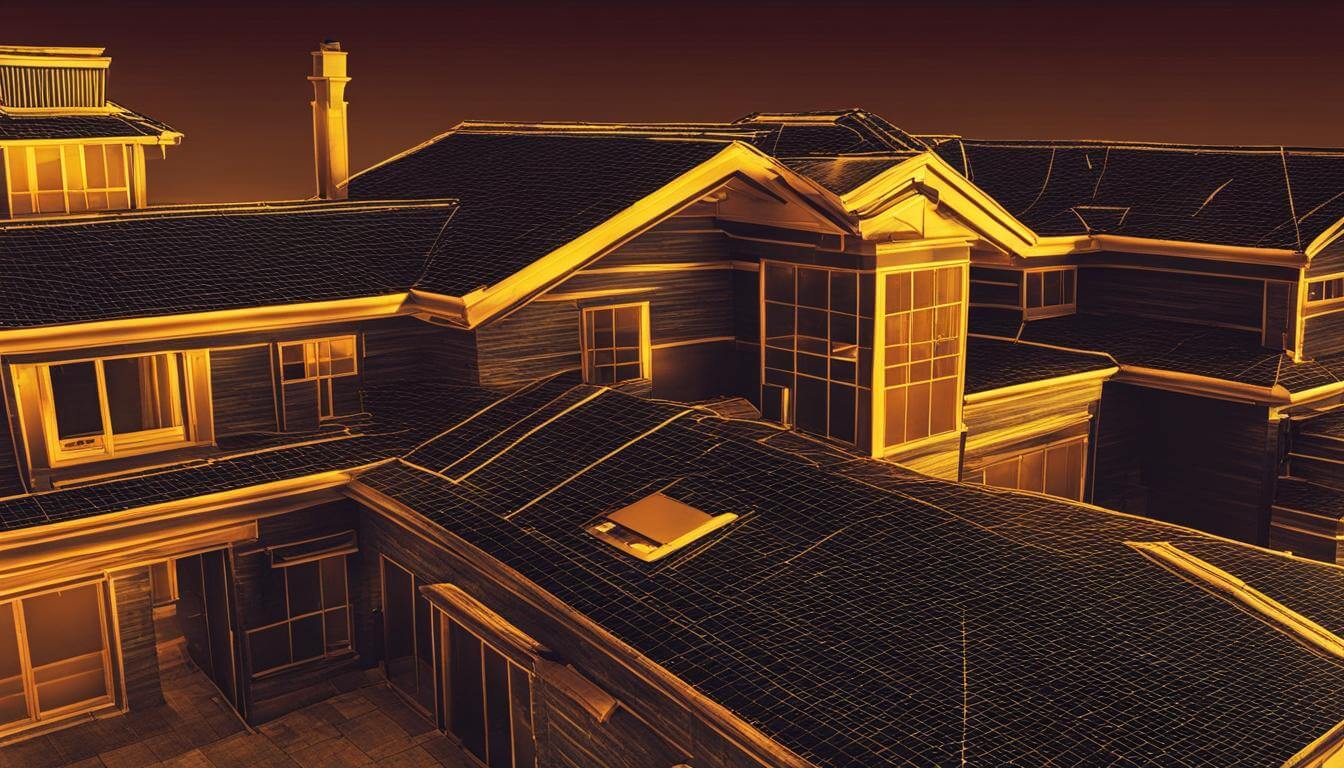
Process of Infrared Scanning
Conducting an infrared scan on a flat roof involves several important steps. By using an infrared camera and analyzing the collected data, potential issues can be identified and addressed before becoming major problems.
Step 1: Preparation
Before conducting an infrared scan, the flat roof must be clear of any debris or obstructions that could interfere with the reading. The roof should also be dry to ensure accurate results.
Step 2: Infrared Scanning
The infrared camera is used to scan the entire area of the flat roof. As the camera moves along the surface, it detects any temperature variations that could indicate issues such as insulation problems or moisture intrusion.
Step 3: Data Collection
During the scanning process, the infrared camera records the temperature readings and creates a visual image of the roof. This data is then collected and analyzed by a trained professional to identify any potential issues.
Step 4: Analysis
By analyzing the collected data, a certified thermographer can identify areas on the flat roof that require further attention. This could include insulation that needs to be replaced or moisture that needs to be addressed to prevent further damage.
The data analysis can also provide valuable information about the overall condition of the flat roof and help determine the best course of action for repairs or maintenance.
Step 5: Reporting
After the infrared scan and data analysis are complete, a detailed report is provided to the property owner or roofing contractor. This report outlines any issues detected during the scan as well as recommendations for flat roof repairs or maintenance.
Detecting Hidden Roofing Issues with Infrared Scanning
Infrared scanning is a highly effective non-destructive testing method for flat roof inspections, capable of detecting a range of hidden issues that can impact the quality of roofing systems. These issues include:
- Insulation problems: Infrared scanning can identify areas where insulation is missing or has been improperly installed, leading to energy loss and increased heating and cooling costs.
- Moisture intrusion: Infrared technology can detect the presence of moisture within roofing systems, which can lead to mould growth, degradation of roofing materials, and other issues.
By detecting these problems early, property owners and contractors can address them before they worsen and lead to more extensive damage.
Benefits of Infrared Scans for Property Owners
Infrared scanning offers numerous benefits for roofing contractors and property owners alike.
- Preventive maintenance: By detecting potential issues early, infrared scanning helps to prevent more expensive and time-consuming repairs down the line. This translates into long-term cost savings for property owners and less disruption for tenants or business operations.
- Early detection of hidden issues: This technology can identify problems such as insulation deficiencies and moisture intrusion before they become more serious. By addressing these issues early, infrared scanning helps extend the life of the roofing system, ultimately saving property owners money on premature roof replacements.
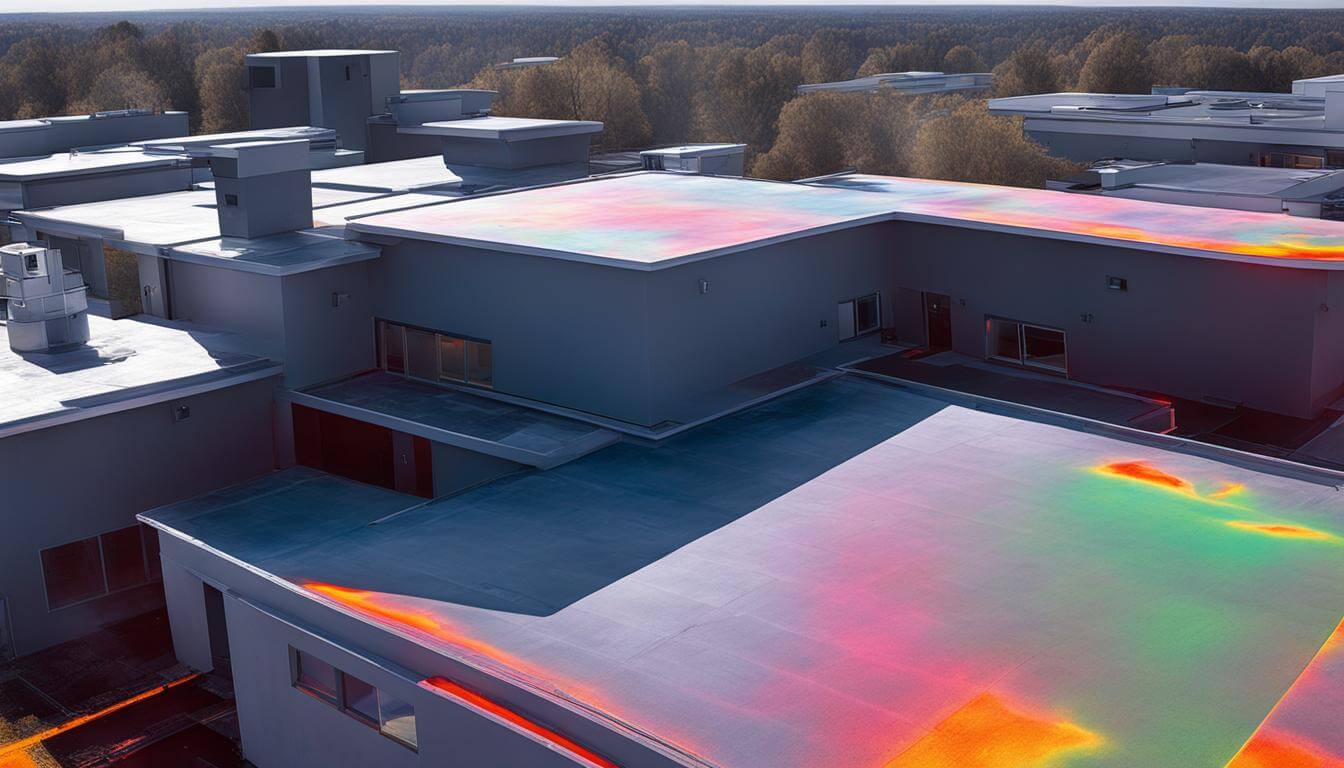
Regular flat roof inspections are crucial for ensuring the longevity and leak-proofing of roofing systems. Traditional inspection methods such as visual inspections and manual probing have limitations in detecting hidden issues that can compromise the durability of flat roofs. This is where infrared scanning comes in as a non-destructive testing method that can detect heat anomalies indicating underlying issues such as insulation problems and moisture intrusion.
Industrial Roofing Services Limited offers the option of infrared scanning as part of their flat roof inspection service, please speak to our amazing team to discuss the option of adding this essential service!
FAQs
What is the role of infrared scanning in flat roof inspections?
Infrared scanning plays a crucial role in flat roof inspections by detecting hidden issues that can compromise the durability and leak-proofing of the roof. It utilizes thermographic imaging to identify heat anomalies, indicating potential underlying problems.
Why is understanding flat roof anatomy important?
Understanding flat roof anatomy is essential because it provides a foundation for thorough inspections. It helps identify the different layers and components involved, enabling effective detection and resolution of any issues.
What are some common problems with flat roofs?
Common problems with flat roofs include roof leaks and ponding water. Regular inspections are necessary to address these issues promptly and prevent further damage.
What are the traditional inspection methods for flat roofs?
Traditional inspection methods for flat roofs include visual inspections and manual probing. However, these methods are limited in detecting hidden issues and may not provide a comprehensive assessment of the roof’s condition.
What is infrared scanning and how does it work?
Infrared scanning is a non-destructive testing method used in flat roof inspections. It involves using an infrared camera to capture thermographic images, which reveal heat anomalies associated with potential roofing issues. These images are then analyzed to identify and address any underlying problems.
What are the advantages of using infrared scanning?
Infrared scanning offers several advantages for flat roof inspections. It is non-destructive, meaning it does not require invasive techniques. Additionally, it is cost-effective compared to other methods, allowing for comprehensive assessments without breaking the budget.
Can infrared scanning detect hidden issues?
Yes, infrared scanning can detect hidden issues in flat roofs. It can identify problems such as insulation issues and moisture intrusion that may not be apparent during visual inspections or manual probing.
How does infrared scanning benefit roofing contractors and property owners?
Infrared scanning benefits both roofing contractors and property owners. Contractors can perform preventive maintenance and identify issues early, leading to cost savings and improved customer satisfaction. Property owners can ensure their roofs remain durable and leak-free, avoiding expensive repairs or replacements.
What should I consider when choosing an infrared scanning service?
When choosing an infrared scanning service, it is crucial to work with a qualified provider. Look for certified thermographers with industry expertise to ensure accurate and reliable results that can inform necessary repairs and maintenance.
How often should flat roofs be inspected?
Flat roofs should be inspected regularly to ensure longevity and minimize potential problems. It is advisable to have professional inspections at least once a year, although it may be necessary to schedule more frequent inspections in areas with harsh weather conditions or older roofs.
What is the importance of regular flat roof inspections?
Regular flat roof inspections are essential for maintaining the longevity of the roof. These inspections allow for the early detection of issues, enabling prompt repairs and preventive maintenance. Additionally, they help identify potential problems before they escalate, saving both time and money in the long run.
